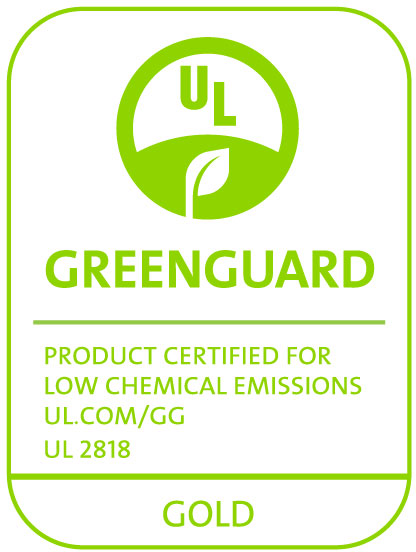Thermal insulation for commercial and industrial mechanical systems (piping, ducts & equipment), also known as mechanical insulation, serves to reduce heat transfer between one surface and another or a surface to the environment.
The term and measurement for an insulation’s ability to reduce heat transfer is called thermal conductivity, also known as K value. Like a golf score, a lower K value translates to increased thermal efficiency by a given insulation type. Thermal conductivity also determines an insulation’s thickness for an application. Lower K values require reduced insulation thickness while higher K values require greater insulation thicknesses.
Another measurement of an insulation’s thermal performance is the calculation of R value. Although R value is more commonly referenced to building insulation, there are industry requirements for the R value calculation of mechanical insulation.
To calculate the R value of insulation, thermal resistance is defined according to ASTM C168 Standard Terminology Relating to Thermal Insulation as “the quantity determined by the temperature difference, at steady state, between two defined surfaces of a material or construction that induces a unit heat flow through a unit area.”
Calculate R Value | Flat Surfaces
National Energy Standards, such as ASHRAE 90.1 – Energy Standard for Buildings Except Low-Rise Residential Buildings and codes like the International Energy Conservation Code® (IECC®) require minimum R values for duct insulation (duct wrap and duct liner).
The minimum R value calculation is dependent on the duct type (heating and/or cooling, supply or return), location of the ductwork in a building (exterior, indirectly conditioned or unconditioned space) and ASHRAE climate zone (zones 0-8). For example, the calculation of R value for exterior duct insulation ranges from none to R-12 depending on ASHRAE climate zone.
To calculate R value for flat surfaces, such as duct insulation on the inside or outside of HVAC ducts, the equation below applies and is straight-forward.
R Value Calculation (Ducts & Equipment)
R value = thickness / K value
Example: thickness = 1 inch, k value = .25, R value = 4 or R4
For example, 1” thick Aeroflex® EPDM sheet & roll insulation has an R value calculation of R4. R values are located on the back cover of Aeroflex® sheet & roll data sheets.
Calculate R Value | Round Surfaces
For round or cylindrical surfaces such as pipes, the calculation of R value or heat flow is a little more complicated than for flat surfaces. Since the inner surface area (pipe) is less than the outer surface area (pipe insulation), a radial R value calculation must be made as follows:
R1 = uninsulated pipe radius (inches)
R2 = insulated pipe radius (inches)
K = thermal conductivity
R Value Calculation (Piping)
R = R2 (R2/R1) / K
With radial surface R value calculations, the following factors are true:
- R value increases as the insulation thickness increases
- R value increases as the pipe size decreases
For example, 1” thick Aeroflex® EPDM pipe insulation on a ⅞” OD pipe has an R value calculation of R7.4. R values are located on the back cover of Aeroflex® pipe insulation data sheets.
It’s important to be aware that ASHRAE 90.1 and IECC® require minimum insulation thicknesses, not R value calculation, for pipe insulation to meet national energy codes. Insulation thicknesses in these standards & codes are determined by operating temperature and pipe size.
Need to Know
While the calculation of R value for duct insulation to meet ASHRAE 90.1 and IECC® is usually sufficient, again pipe insulation is different. As touched on above, these national energy standards and codes specify the minimum insulation thickness.
Depending on the application, variables such as a piping system’s operating temperature, ambient temperatures and relative humidity may require a greater insulation thickness to meet the intent of insulating the piping system (i.e. condensation control).
For example, a chilled water piping system operating at 42° F in a warm humid environment, will likely require more insulation than the minimum requirement to effectively control condensation.
An excellent complimentary online insulation thickness calculator worth bookmarking is offered by the North American Insulation Manufacturers Association (NAIMA) at https://3eplus.org.
Wrapping it up, the calculation of R value for flat surfaces such as ductwork of mechanical insulation systems is straightforward. However, pipe insulation thickness should be determined with an insulation thickness calculator, as opposed to an R value calculation, to ensure that the insulation’s intent will be met and long-term thermal performance will be achieved.
Sources:
https://insulation.org/io/articles/k-value-u-value-r-value-c-value/












